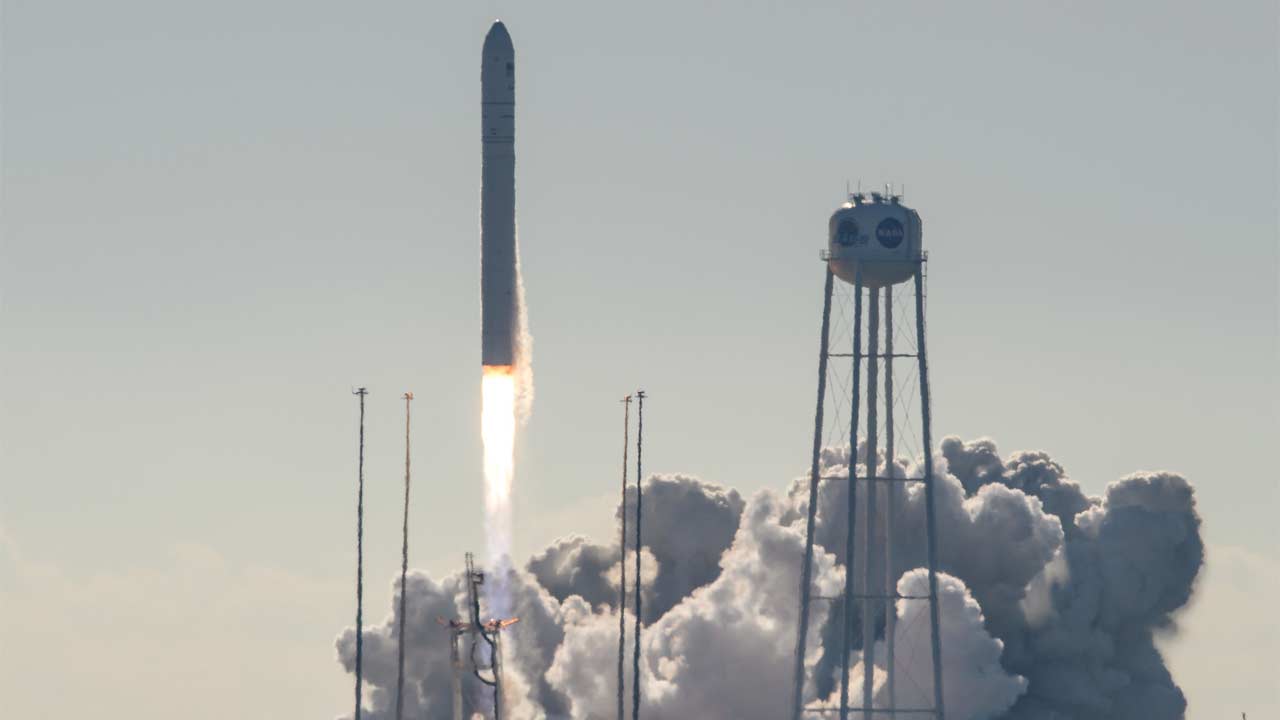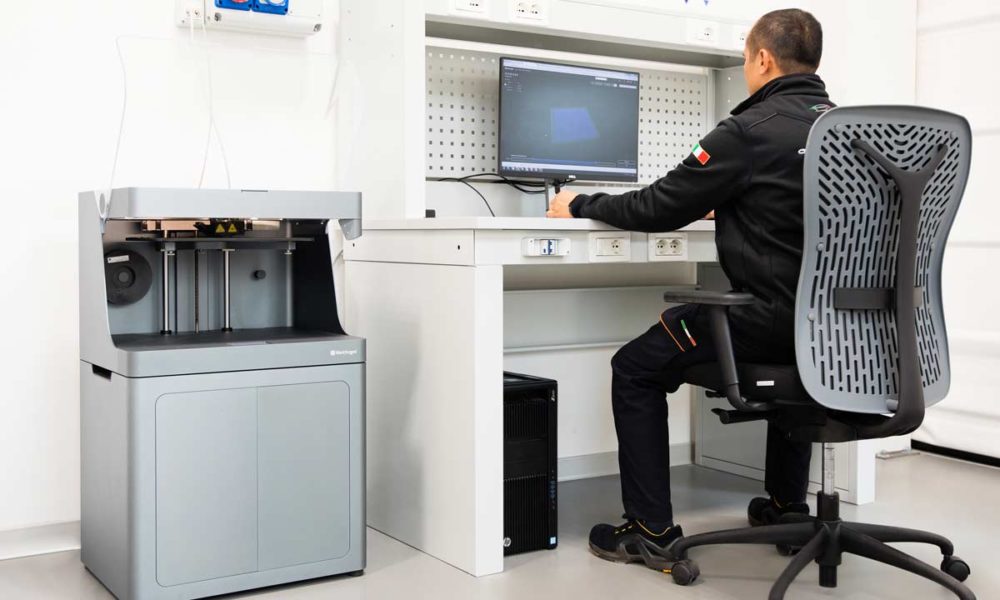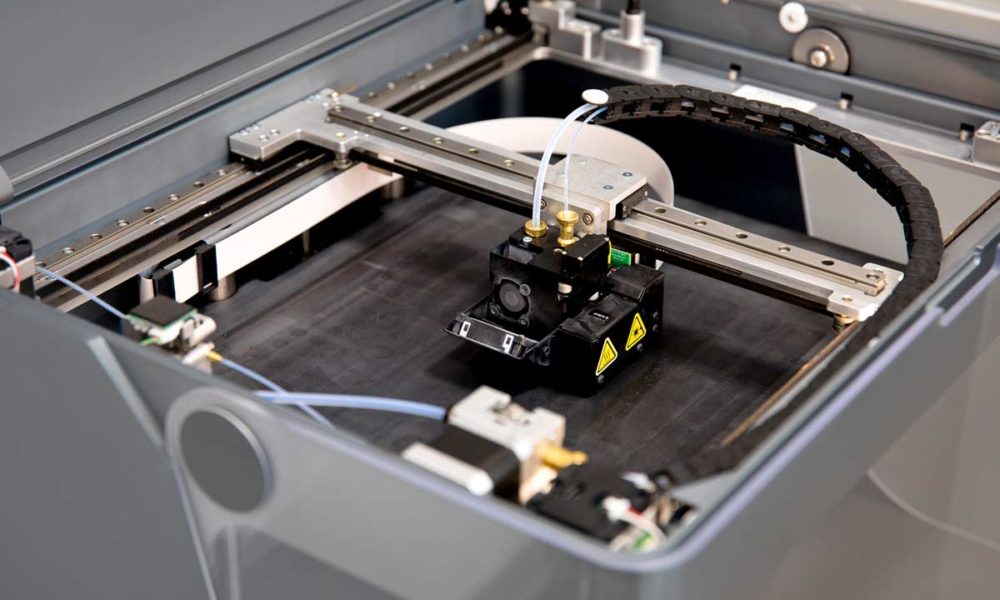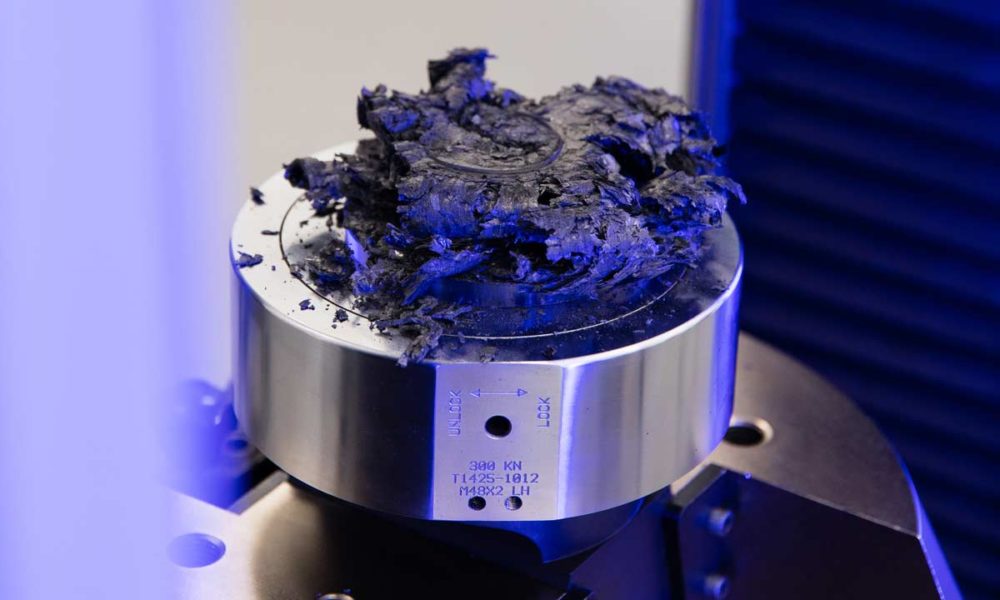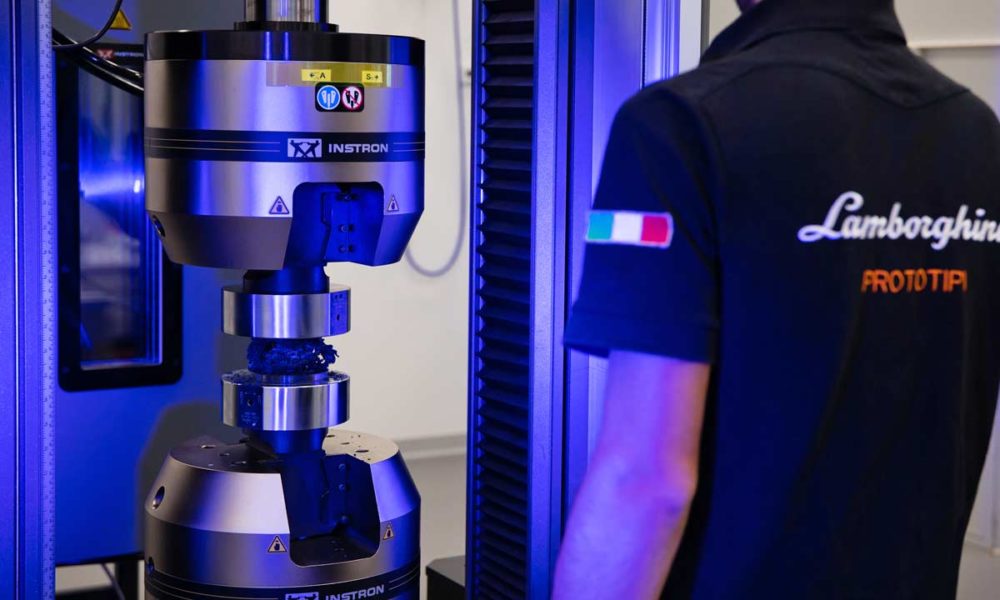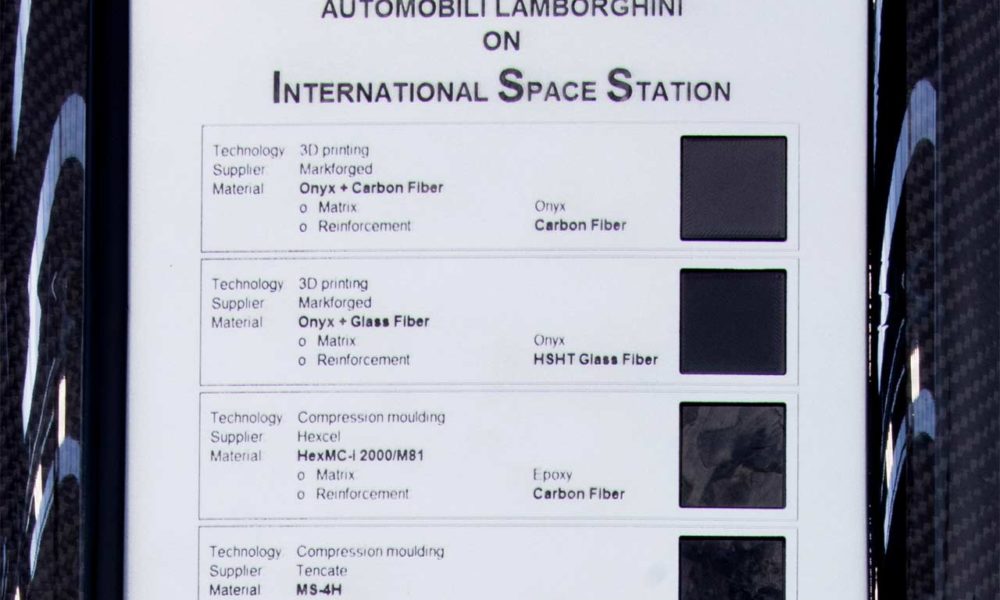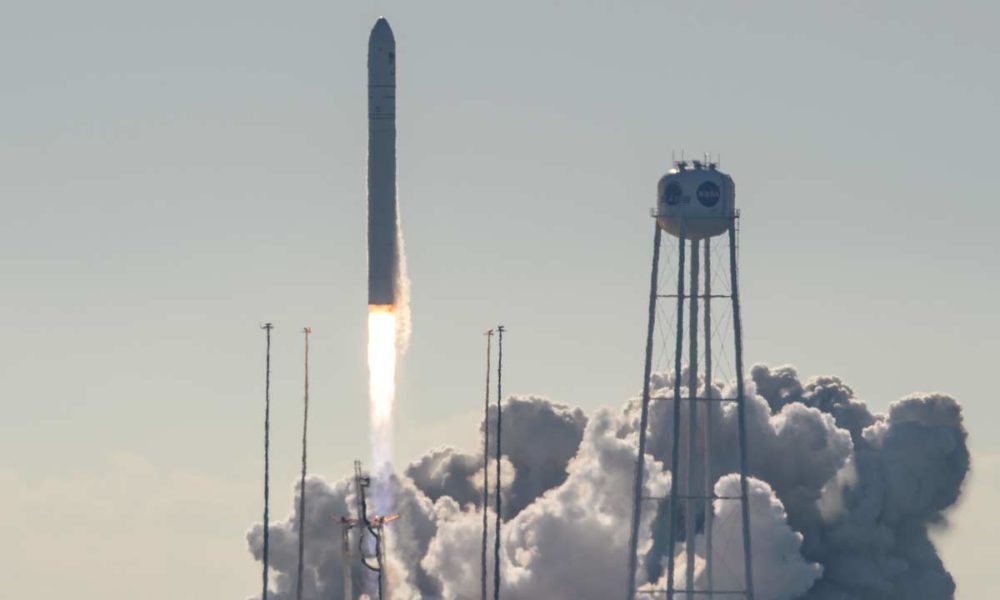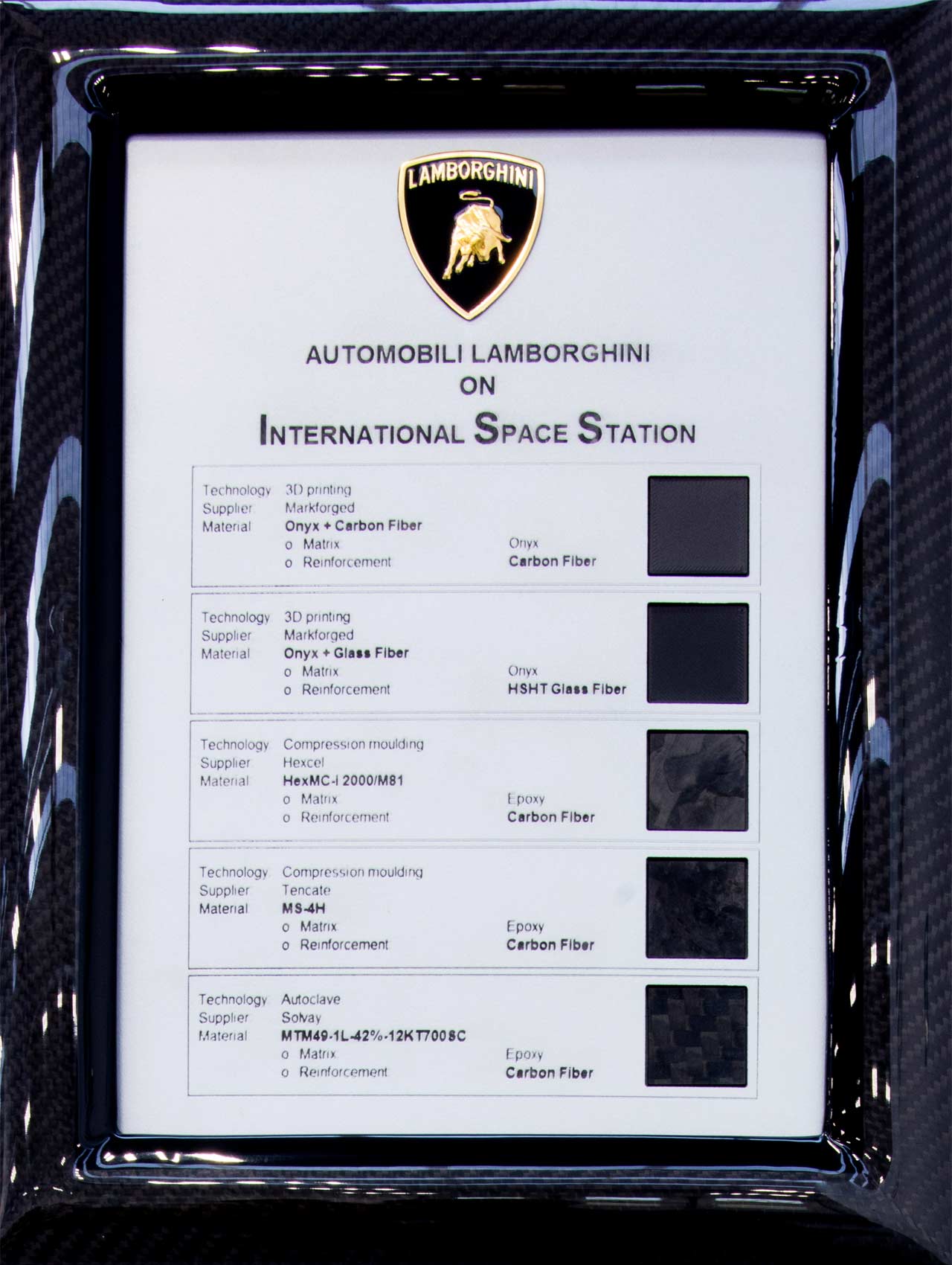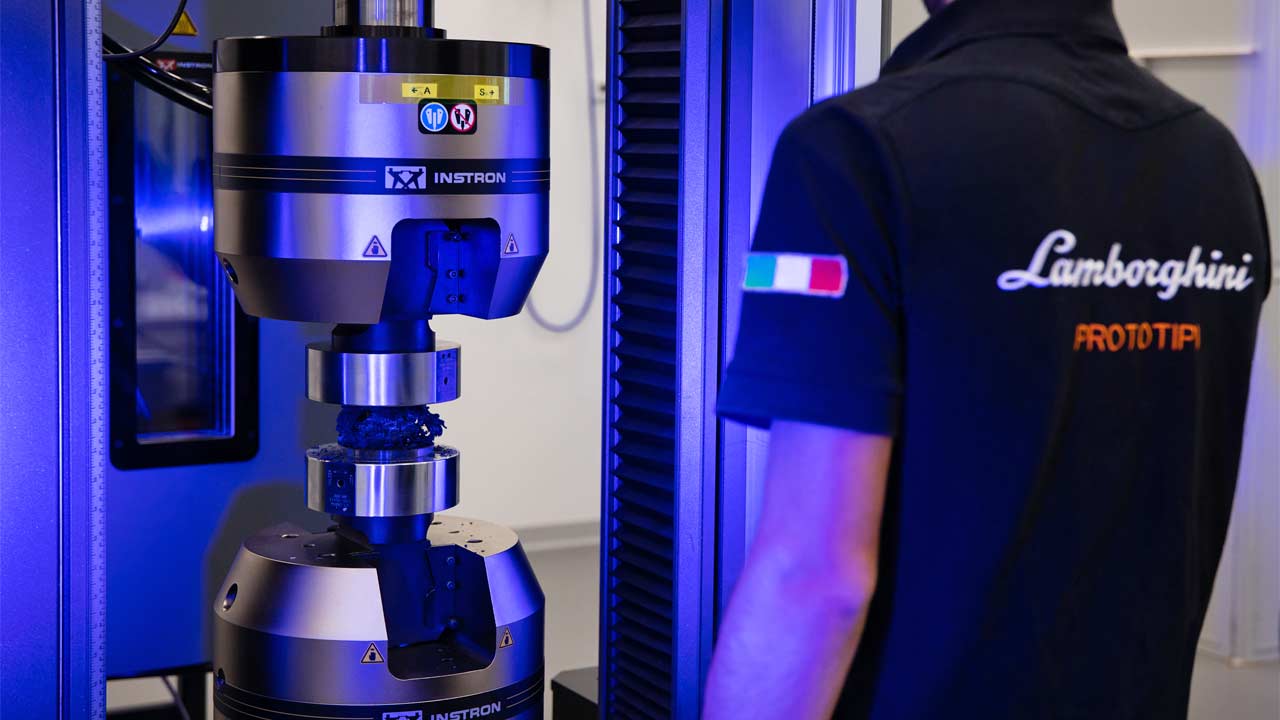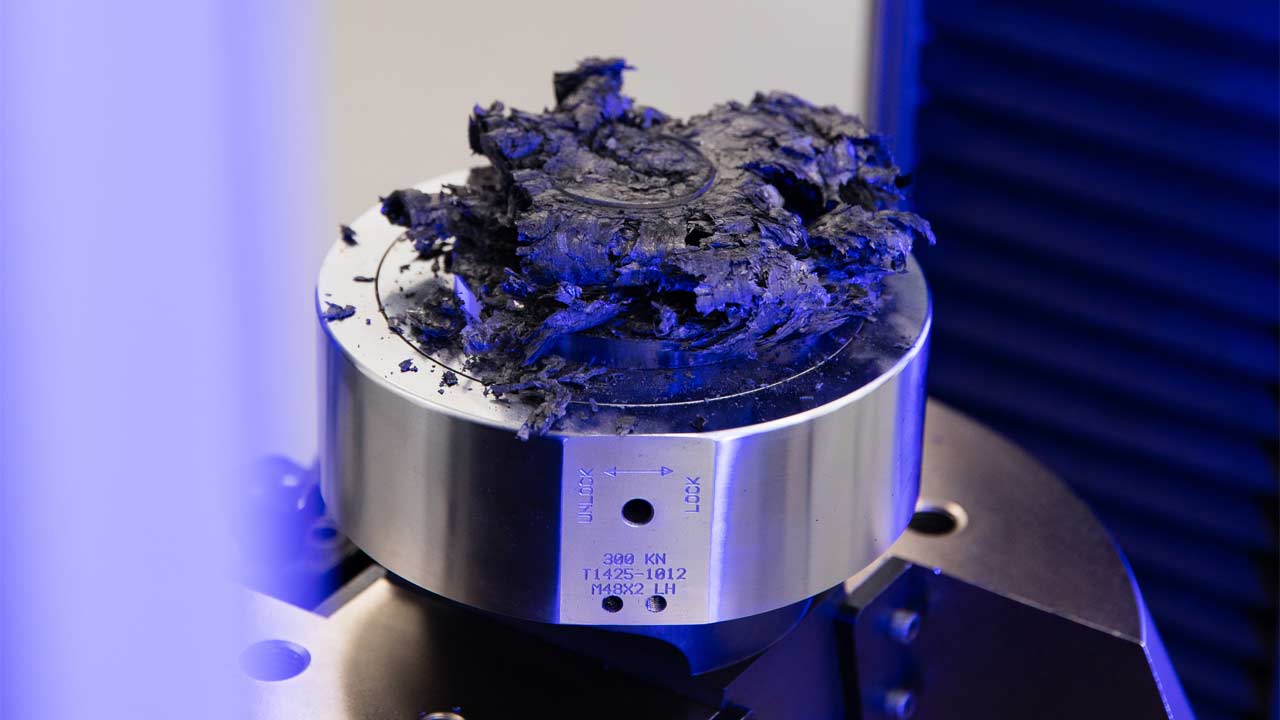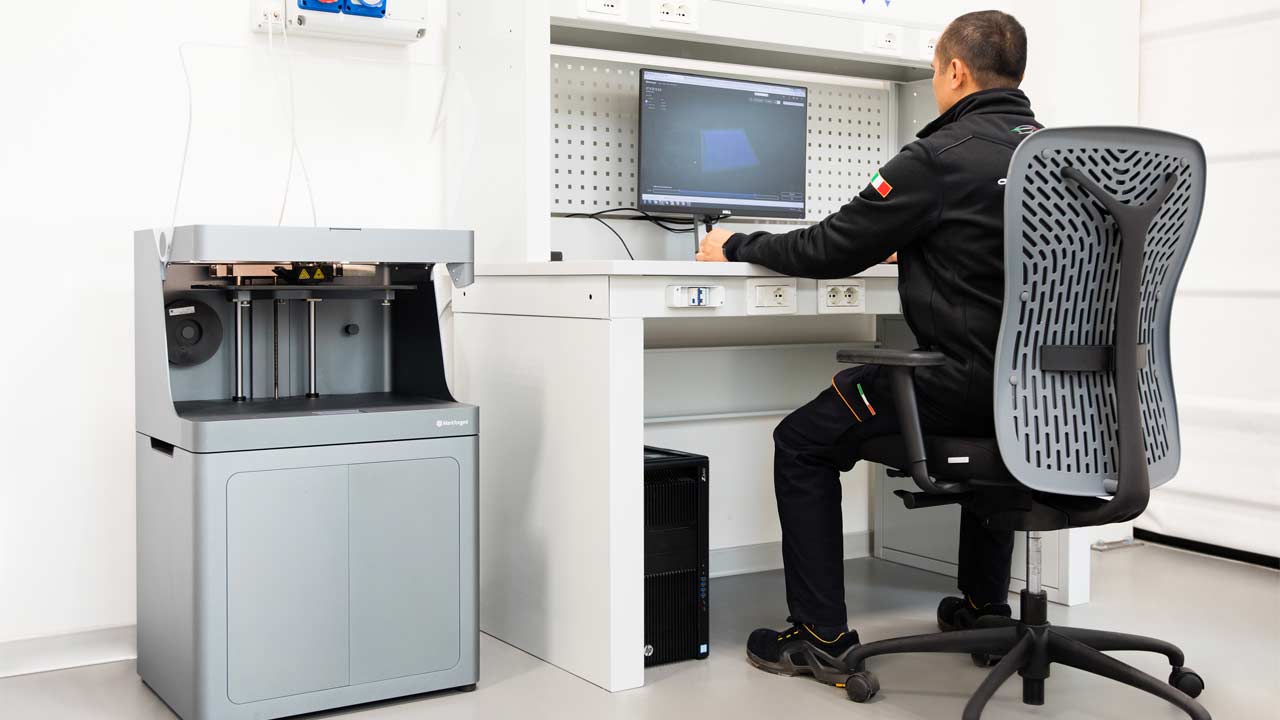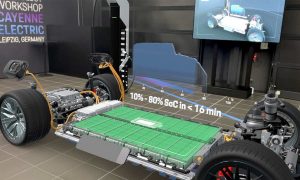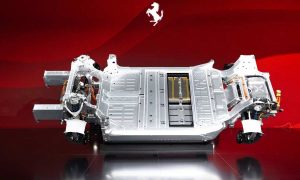Two years ago, Lamborghini had partnered with Houston Methodist Research Institute for a joint research on advanced carbon fiber composite materials. There’s an update on that.
On November 2, 2019, a Northrop Grumman Antares rocket carried a series of sample composite materials produced by Lamborghini to the International Space Station (ISS). The launch took place at NASA’s Wallops Flight Facility in Virginia. The launch is part of a testing campaign sponsored by the ISS U.S. National Laboratory, and overseen by the Houston Methodist Research Institute.
The goal is to analyze how the five different composite materials produced by Lamborghini would react to the extreme stresses induced by the space environment, and figure out its possible future applications on Lamborghini cars and in the medical field as well. Lamborghini said that the company is collaborating in the mission free of charge.
The possible medical applications of the composite materials would be in prosthetic implants and subcutaneous devices.
The launch to the ISS orbital station bears the three colors of the Italian flag: the Italian contribution is represented not only by Lamborghini but also by Dr. Alessandro Grattoni, Chairman of the Department of Nanomedicine of the Houston Methodist Research Institute, and by astronaut Luca Parmitano who, on his second stint onboard the ISS, has just become its commander, an absolute first for Italy.
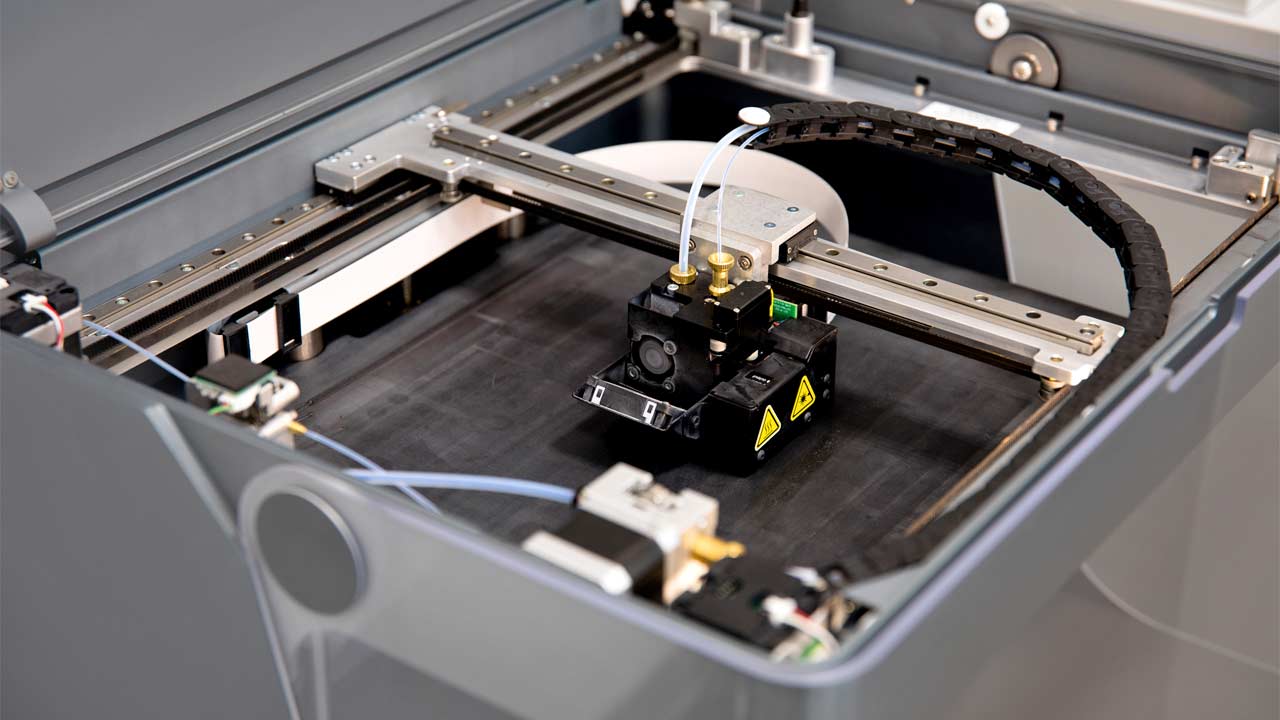
Lamborghini is sharing its expertise in composite materials. The company carries out the R&D work at the “Centro Sviluppo Compositi” (Composites Development Center) and its ACLSD (Advanced Composites and Lightweight Structures Development) laboratory located at the Sant’Agata Bolognese headquarters.
The research includes the 3D-printed continuous-fiber composite, which makes it possible to combine the extreme flexibility of “additive manufacturing” with high-level mechanical performance, equal to that of a good quality aluminum for structural uses. The discontinuous-fiber composite also plays an important role, which was used in the Sesto Elemento. Finally, the experimental batch also includes samples made of pre-impregnated epoxy resin and autoclaved polymer fabric, a traditional technology but still at the top in terms of mechanical characteristics.
On board the ISS for a period of 6 months, the materials will be subjected not only to extreme thermal excursion cycles with peaks from -40 to +200 degrees centigrade, but also to massive doses of ultraviolet radiation, gamma rays, and the flow of atomic oxygen caused by ionization, on the part of solar radiation, of the highest and most rarefied layers of Earth’s atmosphere.
At the end of the mission, the samples returned to Earth will undergo joint testing by Lamborghini and the Houston Methodist Research Institute in order to quantify the qualitative degradation in terms of both chemical and physical properties and mechanical properties.

Leave a Reply
Note: Comments that are unrelated to the post above get automatically filtered into the trash bin.
